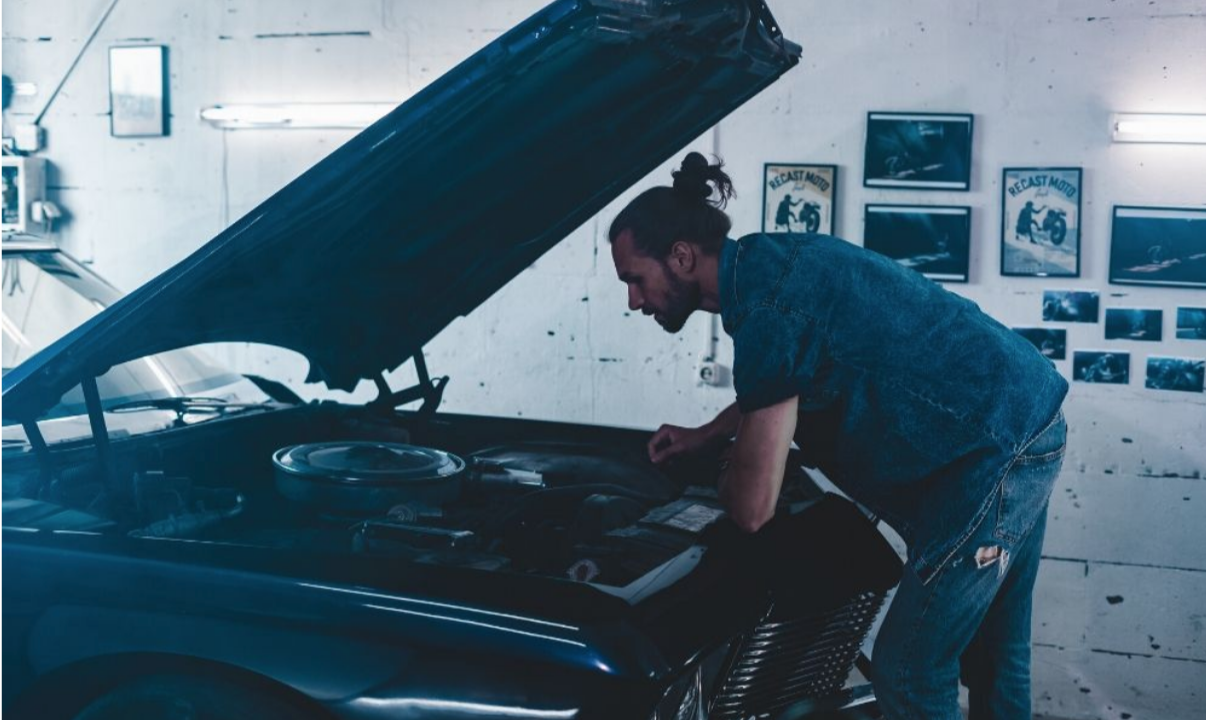Car restoration projects are a rewarding endeavor that will land you with a sweet, customized ride and major bragging rights. But don’t be fooled—restoration projects are no easy feat. They require a significant investment of time, energy, and money to pull off successfully. If you’re up for the challenge, this beginner’s guide to car restoration will help ensure that your first project goes as smoothly as possible.
When embarking on a car restoration project, one of the first things you may want to know is how much it will cost. The amount of money you spend on your car restoration project will depend on a wide variety of factors. Such factors may include the type of car you are restoring, the availability of parts, the amount of existing damage, what you want from your restoration, and how much use the vehicle has gotten. Figuring all these factors and more into the cost of your restoration project will help you get a better idea of how much it will cost.
To avoid any unpleasant surprises down the road, we suggest taking the budgeting step of your project seriously. You don’t want to get halfway through your restoration and realize that you don’t have the funds to continue or that the vehicle is costing more than you would like to pay.

A car restoration project will require an ample amount of space. As such, it’s important that you have a location that will accommodate such a large project. Not only will the location you choose need to be large enough to house the car, but it will also need to accommodate the parts you have stripped down while still providing you with plenty of room to work. Typically, the location of your car restoration will need to be around double the size of your car to ensure that you have enough room. Trust us—trying to complete a car restoration in a cramped space is only going to lead to frustration and unnecessary challenges.
Now it’s time for the fun part. Before starting a car restoration project, it’s important to determine what exactly you want your car to look like when all is said and done. Maintaining a “we’ll see as we go” attitude on your project and making spontaneous decisions could result in a finished project that looks haphazardly thrown together—not an ideal result when you’ve spent a ton of time, money, and energy on the vehicle.
The exciting thing about car restoration is that you can essentially make it look however you want for a completely customized ride. To start, determine what style or theme you want your car to evoke. For example, you could aim for a classic appearance, go fully modernized, or keep your vehicle looking rugged. After you’ve determined the style you want your vehicle to have, you can start planning out key aesthetic factors, such as wheels, paint job, and interior features. You’ll want each of these features to appear cohesive and in-line with the overall style you’ve decided to evoke.
Once you’ve determined how you want your vehicle to look, the next step in the beginner’s guide to car restoration is to gather the necessary tools and parts to make your vision a reality. Because this is your first restoration project, you may not have all the tools you require for every repair and customization you wish to complete. In this case, you’ll need to either purchase, rent, or borrow them from a friend. Trying to complete a restoration project without the appropriate tools will likely result in some unfavorable results. As such, we highly advise against just trying to make do with your standard tool kit.
In addition to tools, you’ll likely also need to acquire some spare parts, depending on the extent of your restoration project. Even if you don’t know exactly which parts you’ll need at this stage of the process, you should try to at least research and determine some places that may source parts for your vehicle—especially if you have a more unique model for which parts may be hard to come by. Doing your research ahead of time will help you avoid any significant setbacks due to a lack of part availability later in your project.
Most car restoration projects aren’t solo operations—unless you have some serious mechanic chops. As such, you’ll likely need to call on the help of at least one or two people. Whether your restoration squad includes professional mechanics or just your buddy who has a knack for automobiles, having an extra set of hands or a second opinion can help ensure your project goes off without a hitch.
Now, for the moment you’ve been waiting for, it’s time to finally roll up your sleeves and get to work. But not so fast! Before you start stripping down your car, it’s important to label everything and take plenty of photographs. Doing so will make the process of putting everything back together a lot less difficult—especially the wiring. Throughout the restoration process, there may be times when you need to reassess your plan. If you run into issues or realize that you aren’t as mechanically well-versed as you anticipated, don’t hesitate to enlist professional help. Being honest with yourself about your abilities and recognizing when a project is out of your skillset will ensure that you don’t just end up with a hunk of metal at the end of your restoration project.